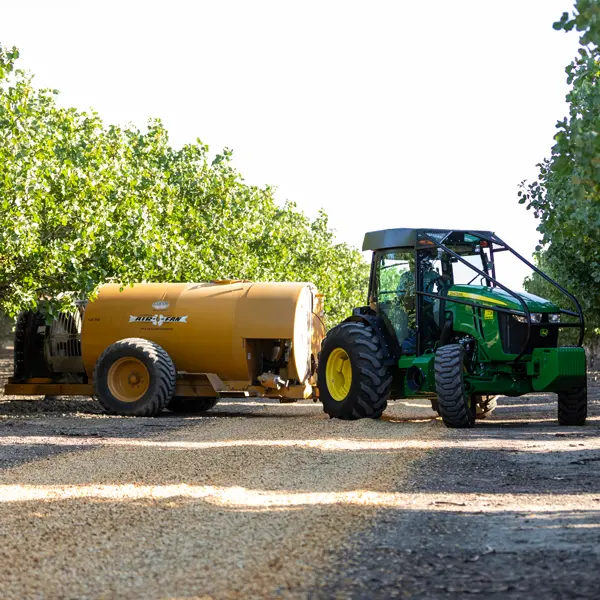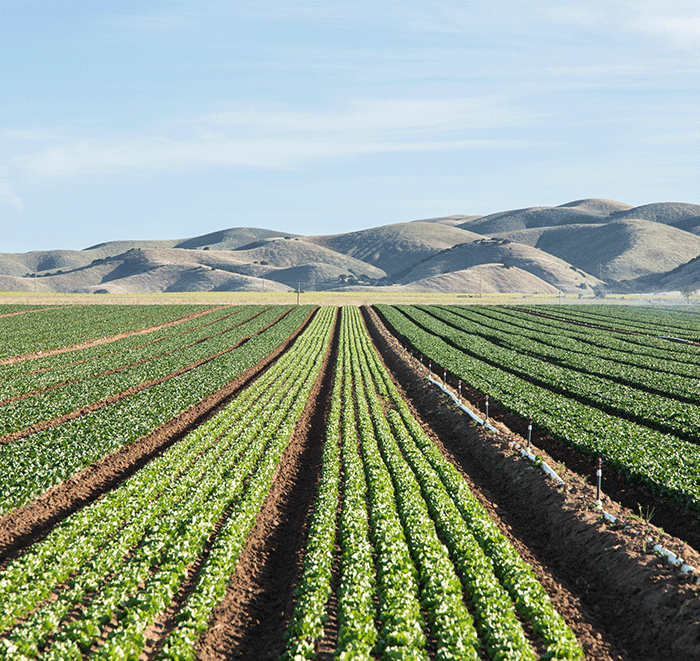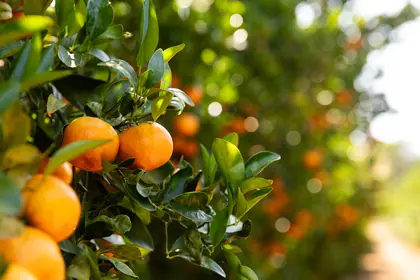Protect your fungicide and insecticide investment
Seven ways to improve fruit and tree crop production through proper adjuvant selection
Growers constantly search for ways to improve plant performance, protect fruit quality and increase yields. Every incremental improvement to crop production systems adds to revenue and your bottom line.
In fruit and tree crops, one area for improved productivity is increasing the efficacy of your fungicide and insecticide applications through proper adjuvant use. Protecting the quality and marketability of the crop is equally as important as overall tonnage, and a proper adjuvant package can help you in this effort.
These tools can help growers achieve a stronger return on their fungicide and insecticide investment by increasing the efficacy of the application, leading to stronger plant performance and, ultimately, more yield.
Here are seven ways that adjuvants can improve your fungicide and insecticide programs in fruit crops:
1. Improve coverage
Providing the plant with better coverage and absorption of spray deposits is paramount for successful fungicide and insecticide applications.
“It’s crucial to include an adjuvant that provides good coverage and makes it possible for the fungicide to do its job,” says Brooks Craven, branded products territory manager with Wilbur-Ellis. “That’s how you protect your fungicide investment.”
One high-coverage option is SYL-COAT®. SYL-COAT is specifically designed to enhance the efficacy of pesticides by completely wetting virtually any leaf surface through reducing surface tension.

2. Translaminar activity
Translaminar activity describes a solution’s ability to move from the top of a leaf surface through the rest of the leaf.
“Sometimes bugs and mites hide on the underside of a leaf. To manage them you’ll need something that penetrates the leaf,” says Craven. “You may also have plant bugs where you need a contact spray, so you’ll need an adjuvant with good spreading qualities.”
One option for supporting translaminar activity is SYL-TAC-EA®. It provides excellent spreading, wetting and penetration of the active ingredient(s) into plant tissues.
“SYL-TAC-EA is a blend of oil and organosilicone, so you get the penetration properties of the oil paired with the spreading properties of the silicone-based product,” says Craven. “This helps to get more complete control of pests both on top of the leaf and the underside.”
3. Water buffering
Hard water and pH issues can bind fungicides and insecticides in solution, lowering efficacy when applied. Buffering agents are a class of adjuvants that can help to remedy this issue.
“We use adjuvants for tank buffering because certain insecticides and fungicides work better at lower pH, so we put in water quality agents to manage the effects of hard water,” says Craven. “In other instances, we put an acidifier in the tank to help make pyrethroid-based chemicals work better.”
4. Drift control
It is crucial to get the fungicide or insecticide to where it can be useful — on the surface of the plant. Drift is one obstacle to successful application. Adjuvants can help to mitigate loss and off-target activity due to drift.
“You have to manage drift, whether you’re spraying on a ground rig or spraying aerially,” says Craven. “Using drift control agents helps keep whatever chemistry you’re using on-target and not drift into neighboring areas, which is especially important in fruit production.”
5. Demand quality
One measure of the quality of an adjuvant is the CPDA (Council of Producers & Distributors of Agrotechnology) adjuvant certification program. With 16 separate scientific benchmarks, CPDA certified products undergo thorough testing to verify their consistency in performance.
Wilbur-Ellis voluntarily submits its portfolio of adjuvants for testing under this strict protocol to provide confidence to growers. As you consider adjuvant options for your operation, look to CPDA certification for products with consistent, reliable performance.
6. Get specific
It is important to identify specific agronomic problems in your fields and orchards. From there, you can develop a customized solution — including proper adjuvant selection. Through careful scouting and knowledge of field histories, you can isolate the problems that you will have to address for the season.
For example, “In grapes, we deal with a lot of powdery mildew but that’s not the same concern we would have in almonds, where Alternaria is a significant problem. Each crop and field have unique issues, and we need to tailor our programs to those,” says Craven.

7. Lean on trusted experts and products
“Custom situations are where Wilbur-Ellis stands out,” says Craven. “Wilbur-Ellis agronomists are knowledgeable about local practices, disease and insect pressures and offer a deep portfolio of crop protection products.”
Improving agronomic programs can get complicated in a hurry. Lean on your local Wilbur-Ellis agronomy expert as a resource to navigate these complex decisions and take your production to the next level. As you search for areas of increased productivity in your operation, consider partnering with Wilbur-Ellis to select an adjuvant package to make the most of your insecticide and fungicide applications.

